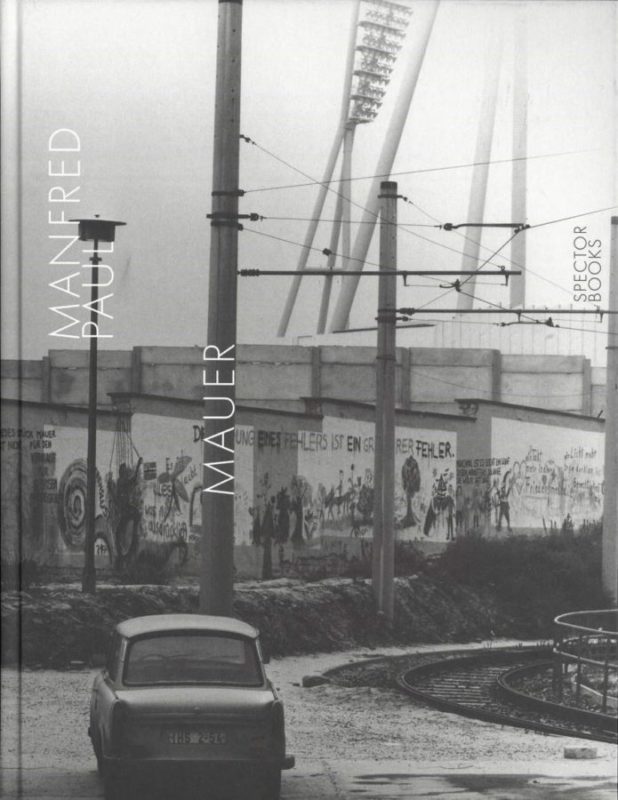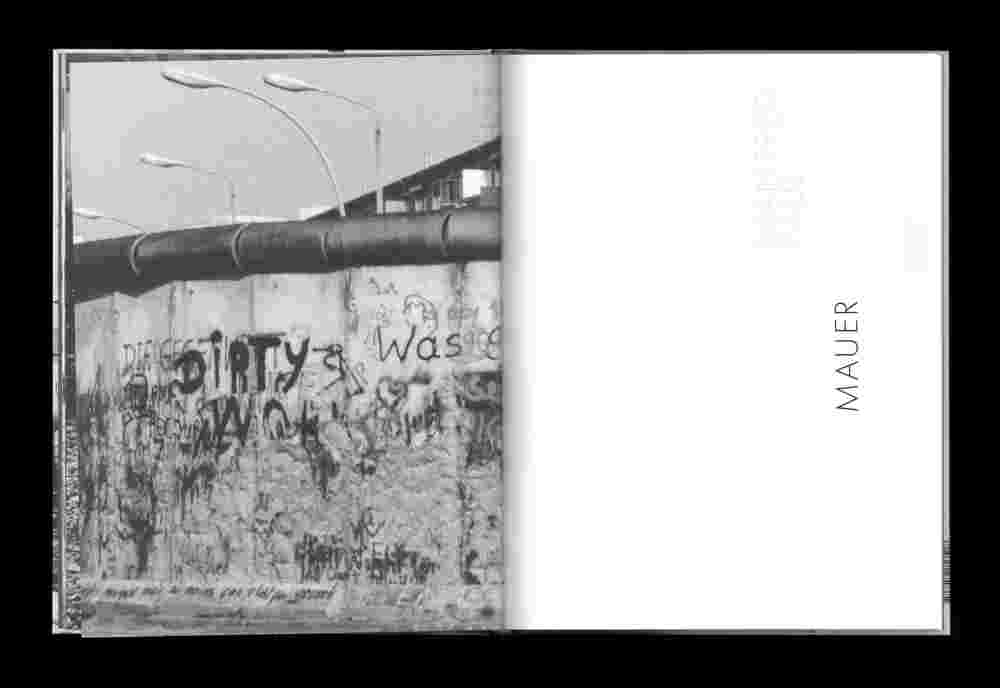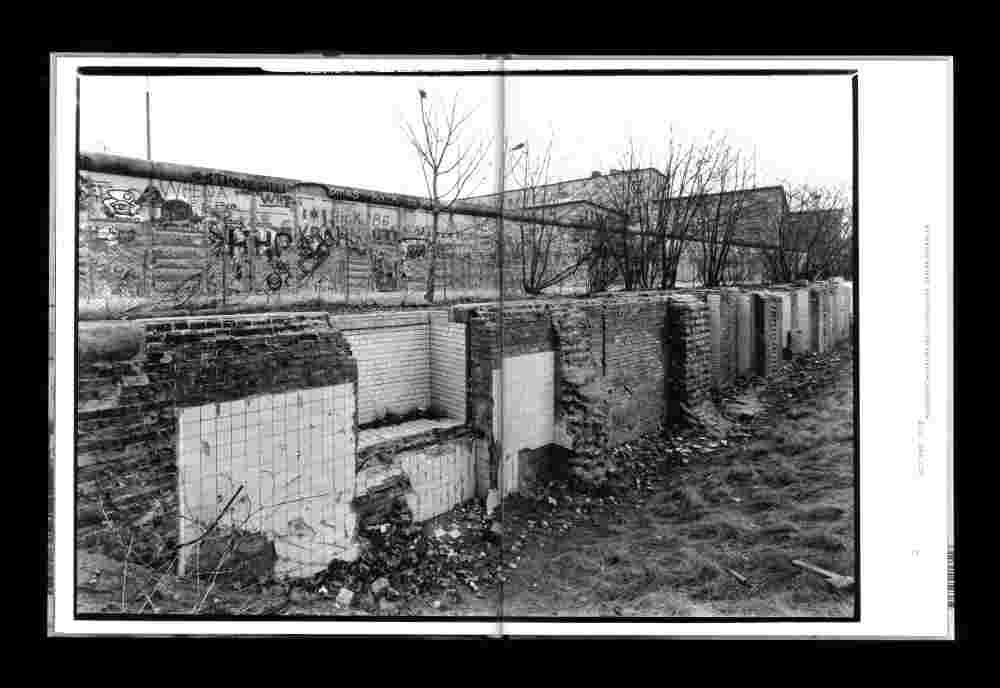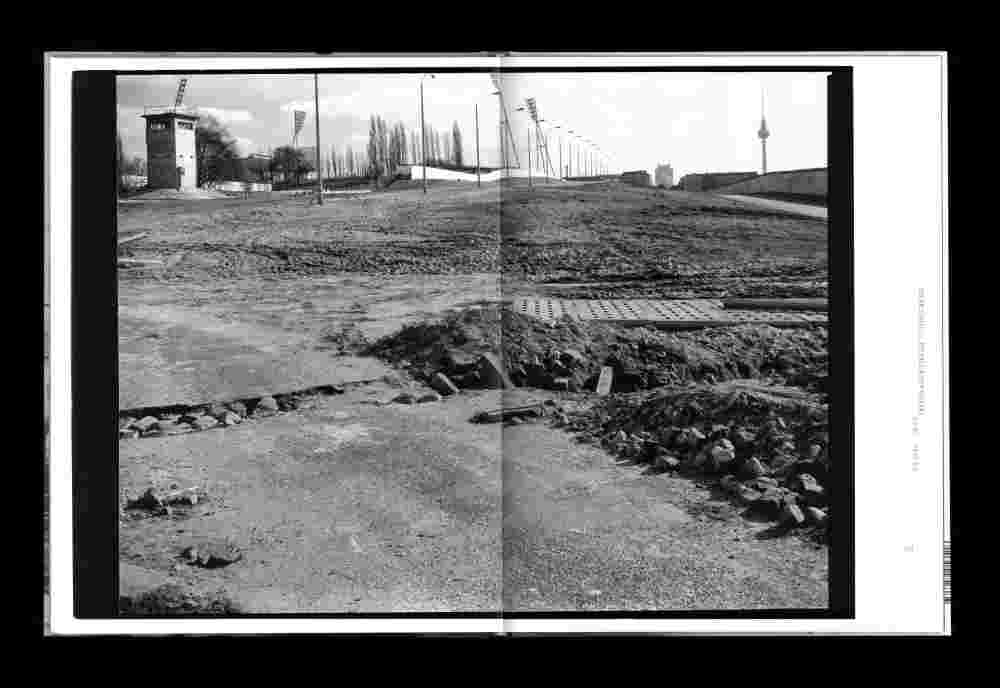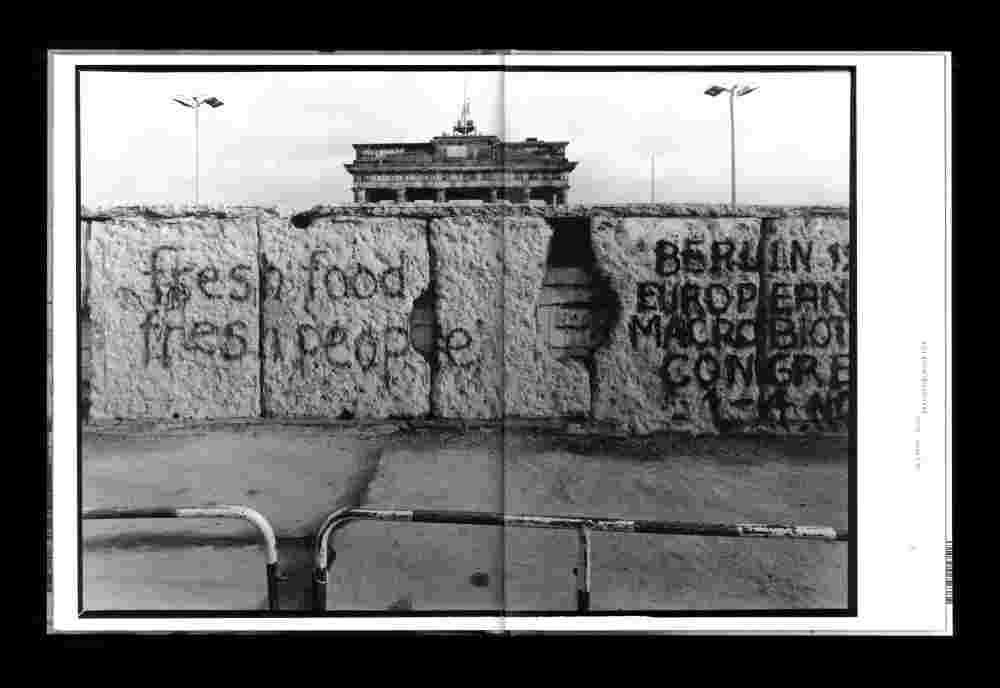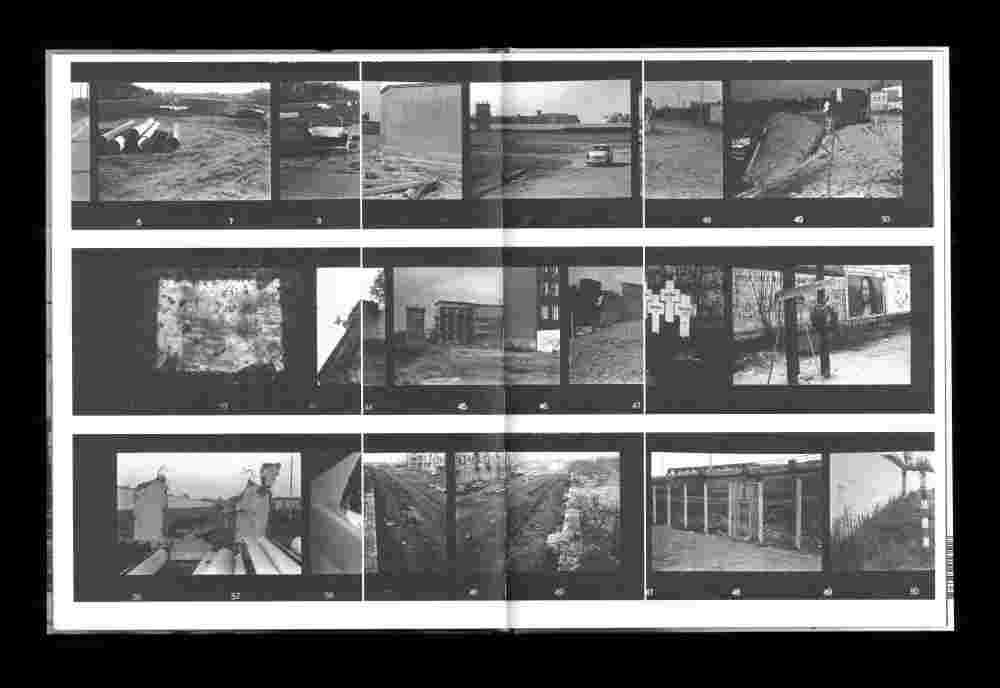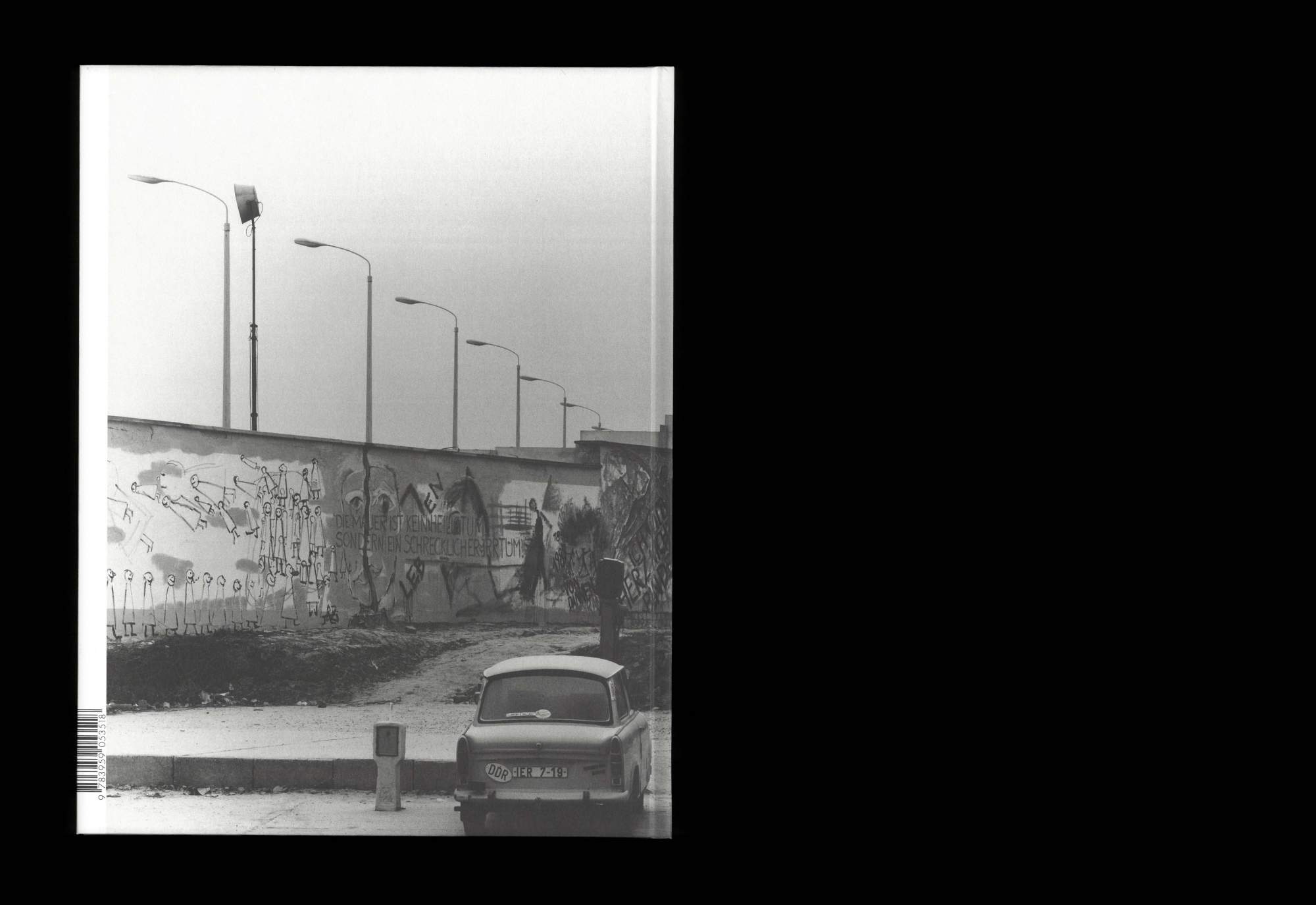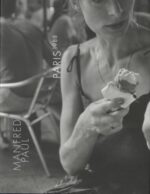Entre novembre 1989 et décembre 1990, le photographe Manfred Paul, qui vivait près du mur de Berlin-Est, a parcouru la ligne de l’ancienne frontière avec un appareil photo de plaque et un appareil photo Polaroid afin de photographier cette pierre-face au témoignage non seulement comme une relique de la division politique, mais aussi comme un élément de la réalité qu’il avait lui-même vécu. Bien que l’artiste ait toujours été critique de la division de l’Allemagne et de la construction du mur, sa chute n’a pas simplement représenté l’espoir, il a également épelé l’incertitude et le doute. Pour lui, cet inventaire photographique du mur — qui montre qu’il est en train d’être démantelé et en décomposition — était un moyen de s’affirmer face à cette situation. Le résultat de son travail a été une série de photographies analogiques, noir et blanc.
Between November 1989 and December 1990, photographer Manfred Paul, who lived near the Wall in East Berlin, travelled along the line of the old border with a plate camera and a Polaroid camera in order to photograph this stone-faced witness not only as a relic of the political division but also as an element of the reality he himself had lived. Although the artist was always critical of the division of Germany and the building of the wall, its fall did not simply represent hope, it also spelt uncertainty and doubt. For him, this photographic inventory of the wall—which shows it being dismantled and in a state of decay—was a means of self-affirmation in the face of this situation. The result of his work was a series of analogue, black-and-white photographs.
Manfred Paul (b. 1942 in Schraplau near Halle) lectured on photography at the FWG Berlin from 1974 to 1994 and was professor for photography and audiovisual media at the University of Applied Sciences (FHTW) Berlin from 1995 to 2007.

